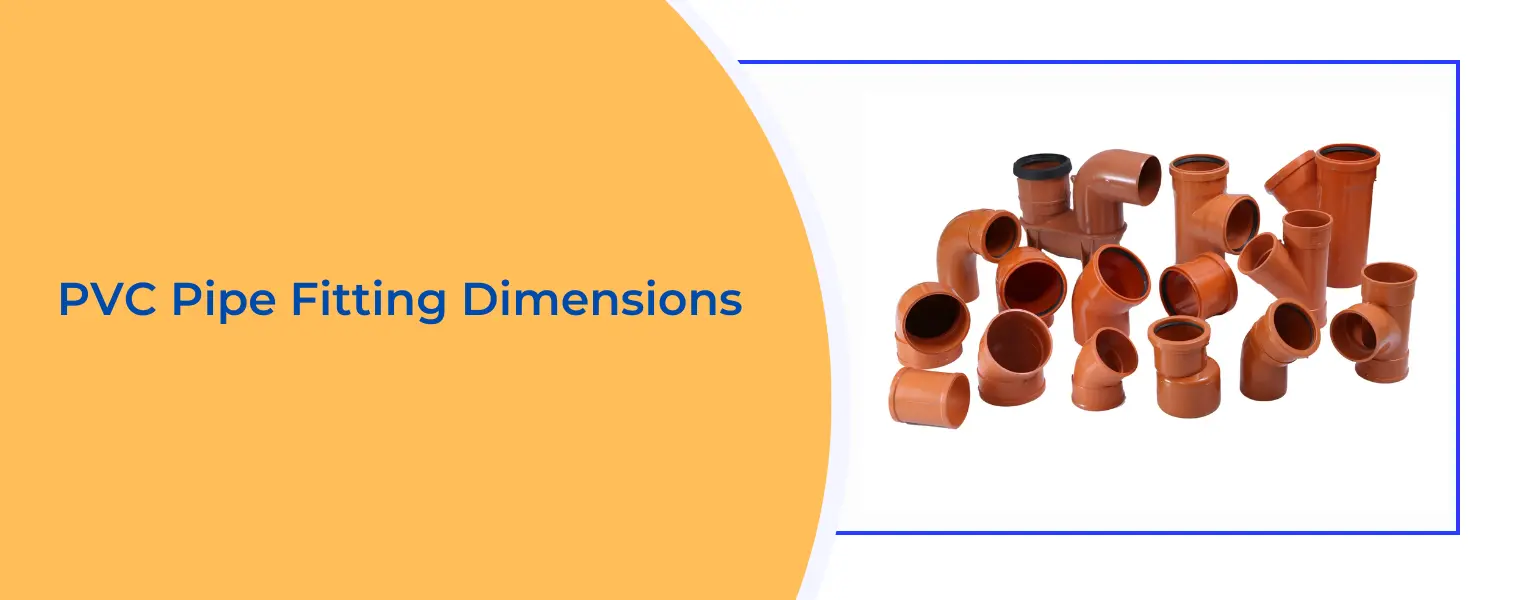
PVC (Polyvinyl Chloride) pipes are widely used in various industrial and construction applications due to their durability, flexibility, and ease of installation. PVC pipes are available in different sizes and dimensions to meet specific project requirements. In this blog, we will take a closer look at PVC pipe fitting dimensions and how to select the right fittings for your project.
PVC pipes come in different schedules, which refer to the thickness of the pipe walls. The most common schedules for PVC pipes are Schedule 40 and Schedule 80. Schedule 40 PVC pipes are thinner and are suitable for low-pressure applications, while Schedule 80 PVC pipes are thicker and are suitable for high-pressure applications.
PVC pipe fittings are used to connect PVC pipes together and come in various shapes and sizes. The most common PVC pipe fittings include elbows, tees, couplings, reducers, and adapters. PVC pipe fittings are available in different dimensions, which are determined by their nominal size, which is the size of the pipe the fitting is designed to connect.
The dimensions of PVC pipe fittings are typically given in inches, and the nominal size of the fitting corresponds to the nominal size of the pipe. For example, a 2-inch PVC elbow fitting is designed to connect two 2-inch PVC pipes together.
When selecting PVC pipe fittings, it is important to ensure that the dimensions of the fitting match the dimensions of the pipe. It is also essential to consider the type of application and the pressure rating of the PVC pipe and fittings. Using fittings that are not designed for the specific application or that are not rated for the appropriate pressure can result in leaks, damage to the pipes, and other safety hazards.